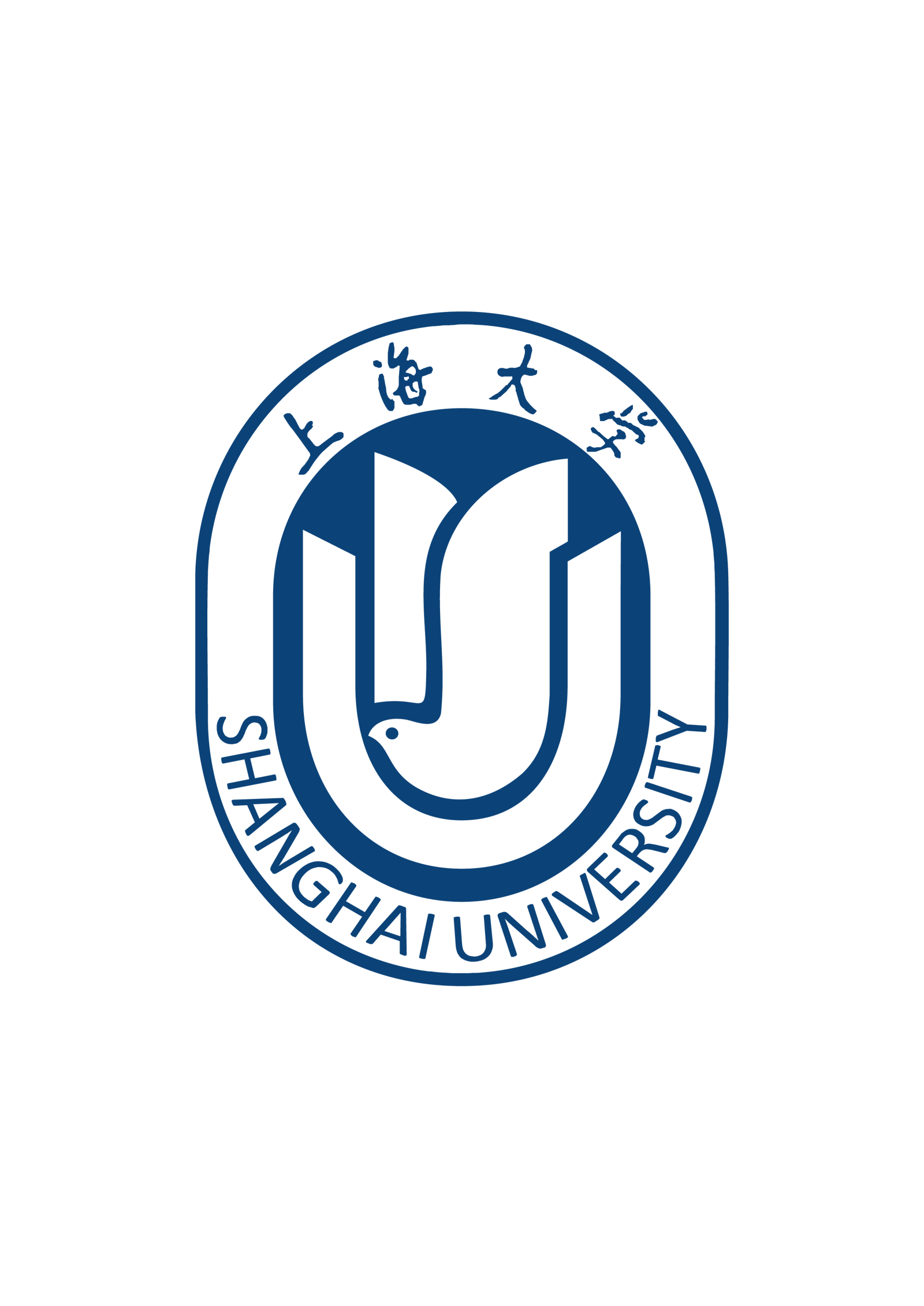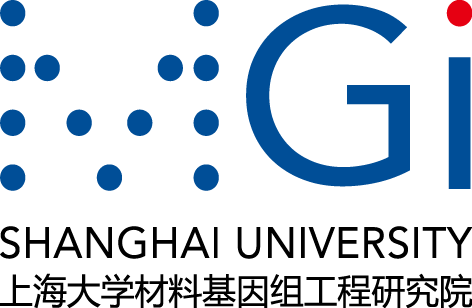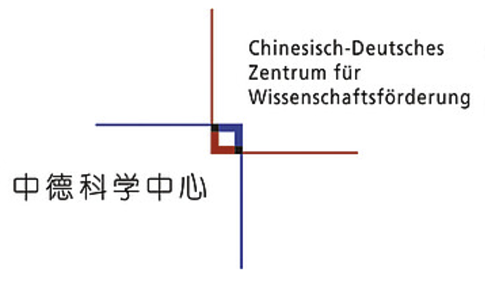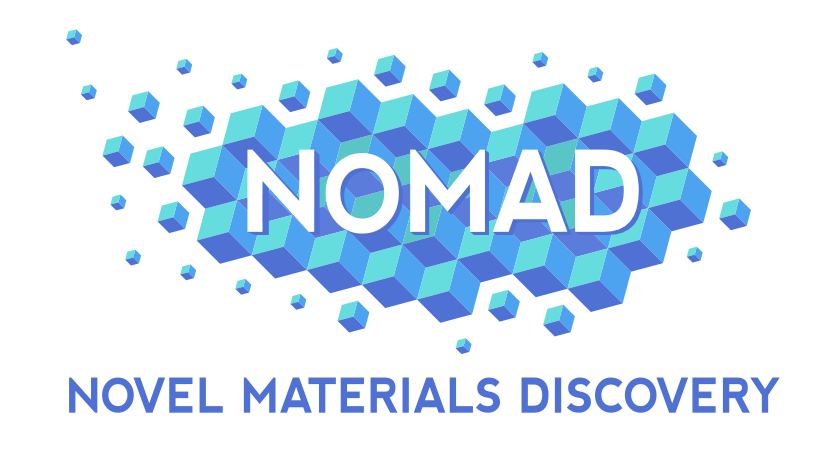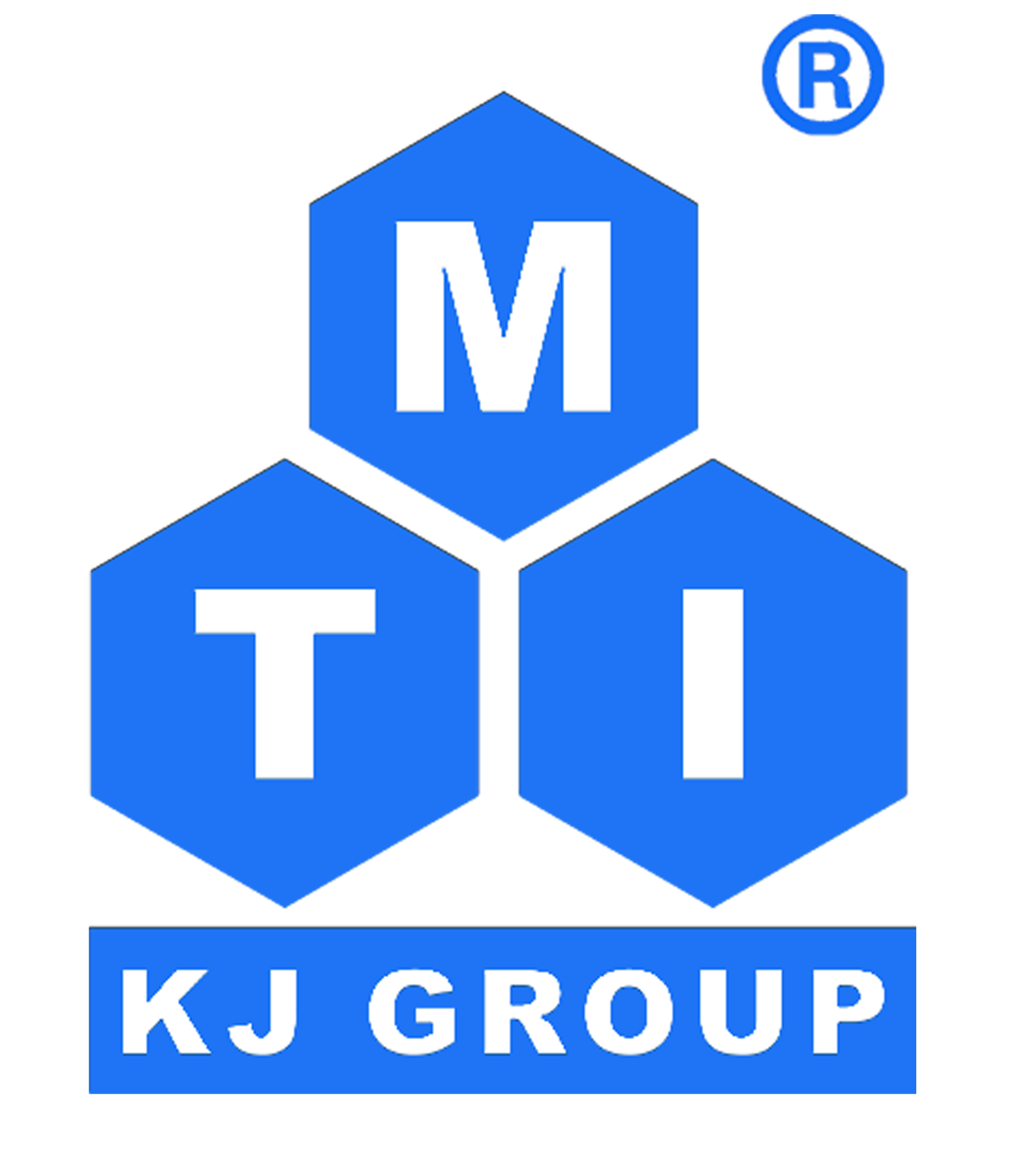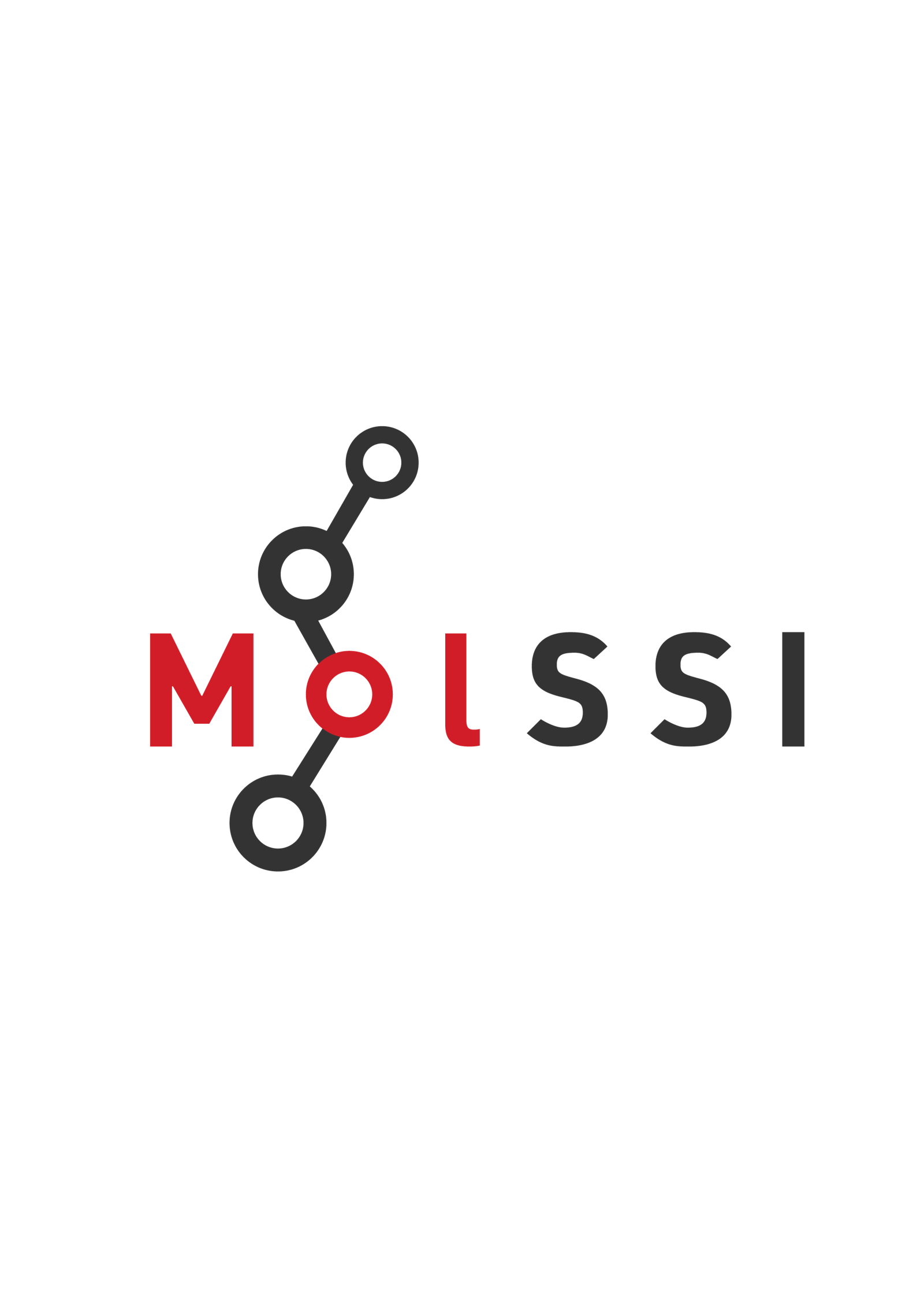Adapting Explainable Machine Learning to Study Mechanical Properties of Two-Dimensional Hybrid Halide Perovskites
Back
Yuxuan Yao1 , Dan Han2,3,4*, Kieran B. Spooner3 , Hubert Ebert4 , David O. Scanlon3 , Harald Oberhofer5*
1 Department of Chemistry, TUM School of Natural Sciences, Technical University Munich, Lichtenbergstr. 4, 85748, Garching b. München, Germany
2 School of Materials Science and Engineering, Jilin University, Changchun, 130012, China
3 School of Chemistry, University of Birmingham, Edgbaston, Birmingham, B15 2TT, United Kingdom
4 Department of Chemistry and Center for NanoScience (CeNS), University of Munich (LMU), Butenandtstr. 5-13, Munich, 81377, Germany
5 Department of Physics and Bavarian Center for Battery Technologies, University of Bayreuth, Universitätsstr. 30, 95447 Bayreuth, Germany
*Corresponding Author: hand@jlu.edu.cn; Harald.Oberhofer@uni-bayreuth.de
Two-dimensional (2D) hybrid organic and inorganic perovskites (HOIPs) have been used as capping layers on top of 3D perovskites to enhance their stability while maintaining the desired power conversion efficiency (PCE).1-3 Therefore, the 2D HOIP needs to withstand mechanical stresses and deformations, making the stiffness an important observable.4 However, there is no model for unravelling the relationship between their crystal structures and mechanical properties. In this work, explainable machine learning (ML) models are used to accelerate the in silico prediction of
mechanical properties of 2D HOIPs, as indicated by their out-of-plane and in-plane Young’s modulus. Our ML models can distinguish between stiff and non-stiff 2D HOIPs, and extract the dominant physical feature influencing their Young’s moduli, viz. the metal-halogen-metal bond angle. The optimal range of features is extracted from a probability analysis. Furthermore, the steric effect index (STEI) of cations is found to be a rough criterion for non-stiffness. Based on the strong correlation between the deformation of octahedra and the Young’s modulus, the transferability of the approach
from single-layer to multi-layer 2D HOIPs was demonstrated. This work represents a step towards unravelling the complex relationship between crystal structure and mechanical properties of 2D HOIPs using ML as a tool.
Keywords: Machine Learning, Elastic Properties, Explainability, Transferability Test
References
1. I. C. Smith, E. T. Hoke, D. Solis-Ibarra, M. D. McGehee, H. I. Karunadasa, Angewandte Chemie International Edition 2014, 53, 11232;
2. J.-W. Lee, Z. Dai, T.-H. Han, C. Choi, S.-Y. Chang, S.-J. Lee, N. De Marco, H. Zhao, P. Sun, Y. Huang, Y. Yang, Nature Communications 2018, 9, 3021;
3. H. Tsai, W. Nie, J.-C. Blancon, C. C. Stoumpos, R. Asadpour, B. Harutyunyan, A. J. Neukirch, R. Verduzco, J. J. Crochet, S. Tretiak, L. Pedesseau, J. Even, M. A. Alam, G. Gupta, J. Lou, P. M. Ajayan, M. J. Bedzyk, M. G. Kanatzidis, A. D. Mohite, Nature 2016, 536, 312.
4. S. Rathore, G. Han, A. Kumar, W. L. Leong, A. Singh, Solar Energy 2021, 224, 27.
